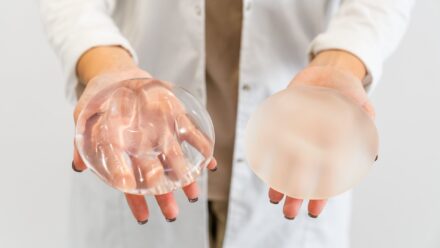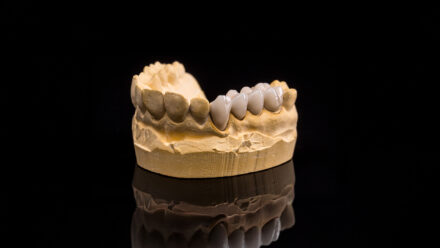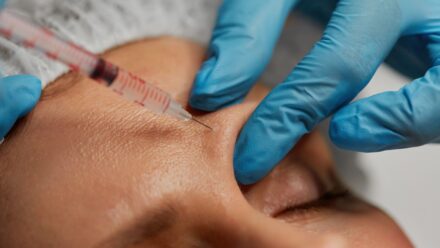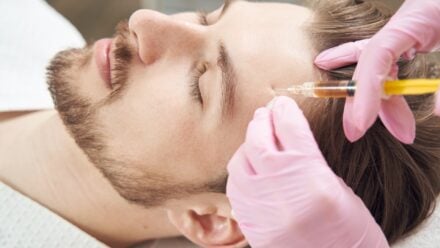Rhinoplasties are one of the most common types of plastic surgery people get. This is due to a number of reasons, ranging from cosmetic to even medical. The medical reasons may include the treatment of a deviated septum, sinus problems, etc. If you are also thinking of getting rhinoplasty but have a lot of questions about the procedure, the care, and recovery, we have your back. In today’s blog, we will give an extensive explanation of what you can expect from your rhinoplasty recovery time. We will also highlight every stage of the nose job healing timeline. Let’s begin.
Overview of the importance of rhinoplasty recovery
The process of recovering from a rhinoplasty looks different for each person. However, the levels of healing are largely the same.
Bed rest is essential during this time. For about the first 7 days post-op, bed rest is key to keep swelling and bleeding under control. A splint is also added to the nose. This is to give some extra support. This splint and the internal bandages are kept for about the first week.
At this time, the swelling may cause the patient slight discomfort with a stuffy feeling in their nose.
A little bleeding and mucus are to be expected after the nose job. A nasal drip pad made of gauze is usually placed gently under the nostrils to catch the drainage.
📌 Note: It is essential to take your surgeon’s guidance about the after-care of a rhinoplasty to have a complete and safe recovery. Ensure you follow every detail of the treatment plan to get the best results. And finally, make sure you attend all your appointments to help your doctor track your progress.
You can visit this page and explore our surgeon’s work by checking out the fantastic before-and-after shots of our patients.
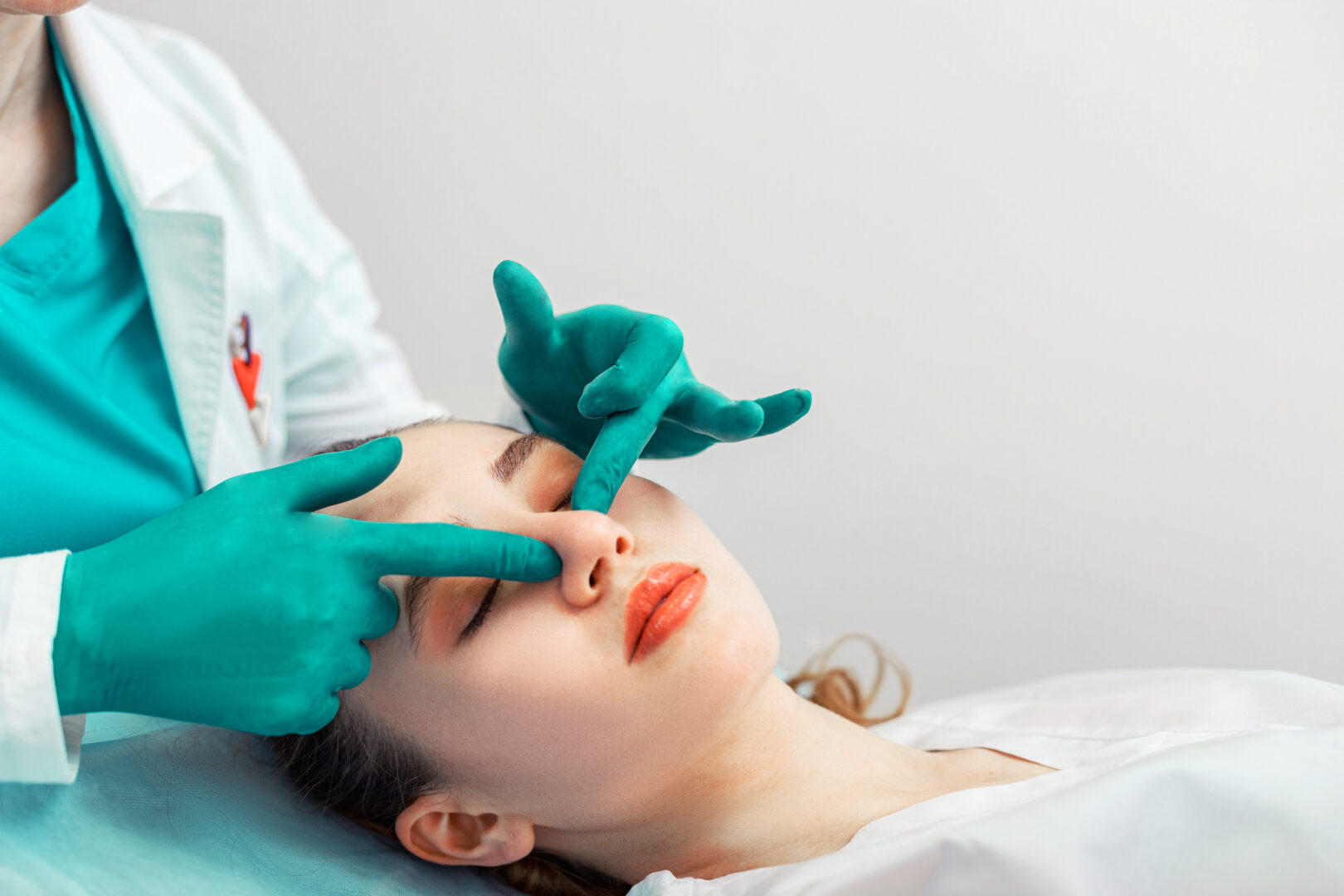
⏳ Detailed recovery timeline
Let’s break down the healing timeline for the rhinoplasty procedure:
The first 7 days
- Swelling and bruising around the nose, cheeks, and eyes.
- Nasal congestion and facial pressure.
- Mild/moderate pain and tenderness.
- Mild bleeding.
- Presence of a nasal splint.
7-21 days
- Swelling and bruising begin to resolve.
- Mild swelling at the nasal tip.
- Mild nasal congestion.
- Numbness.
- Stuffiness when breathing through the nose.
- The nasal splint is removed at the end of week 1.
1-3 Months
- Most of the external swelling resolves.
- Easier to breathe through the nose.
- No numbness.
- No pain or discomfort.
3-12 Months
- Nasal contours become defined as the swelling completely resolves.
- No bruising.
- External incisions healed (in case of open rhinoplasty).
- Normal nasal function and sensation.
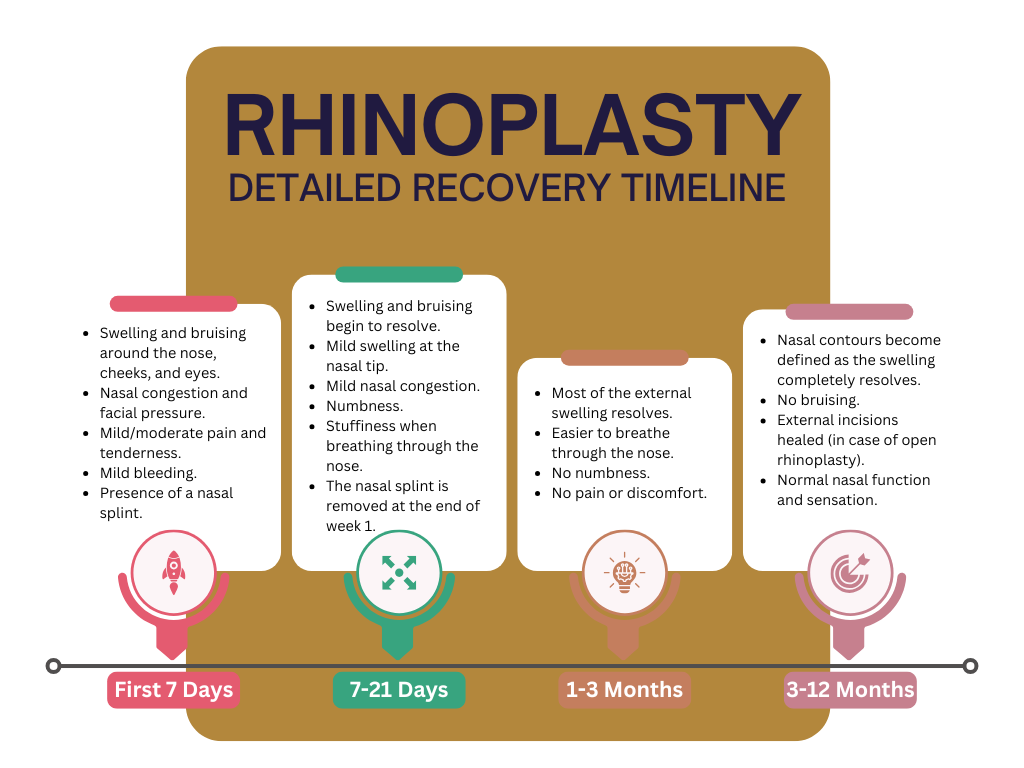
At the Estherian Clinic, our Board-certified surgeons are leading names in the world of plastic surgery in Turkiye. Dr. Cengizhan Ekizceli, Dr. Mehmet Yıldıran, and Dr. Alirza Jahangirov are all extensively trained in the field of aesthetic surgeries and are the best in the business when it comes to patient care.
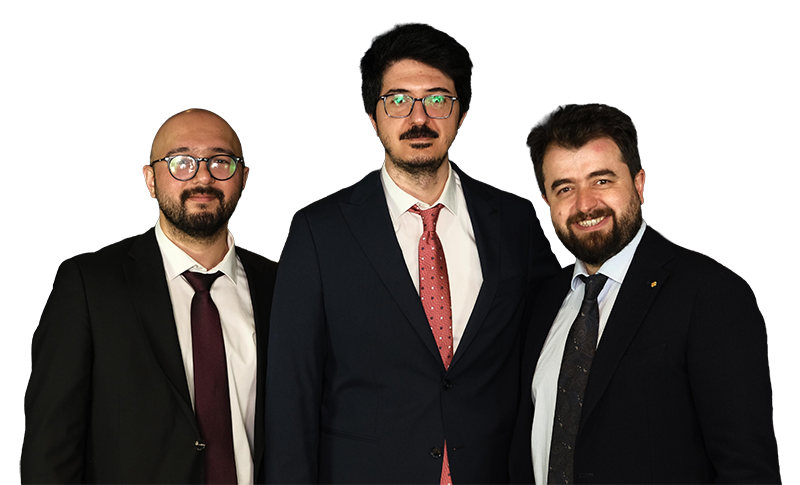
💡 Managing swelling and bruising effectively
To get a deeper understanding of the step-by-step recovery process of a nose surgery, let’s look at what one can expect in terms of the stages of swelling and how to manage it.
- Once you are fresh out of surgery, your nose will definitely swell up. Expect this swelling to stay for about four to six weeks post-surgery.
- In addition, you can expect there to be some bruising as well.
- The swelling will begin to subside in the following months.
- By the third month after rhinoplasty, you can expect most of the swelling to be eliminated.
- There will still be a small amount of swelling even after the first year post-rhinoplasty.
📌 Important note: The full results of a rhinoplasty will only become clear after the swelling has entirely subsided.
🏋️ When to resume normal activities
Immediately after the procedure, you are kept under strict monitoring. If all is well, you can go home, but ample rest is needed to assist your healing.
When you can resume normal activities depends on the type of job you do and the complexity of your surgery. If you work a desk job that doesn’t require you to exert yourself, you can slowly return to your daily routine after two weeks of your nose job.
The most exercise you should do is some light walking, slow exercises, and activities that won’t exhaust your body.
📌 Important note: Make sure to only use medication and painkillers prescribed by the doctor. Using any medication without a doctor’s prescription could increase the risk of bleeding and cause major complications.

💡 Post-operative care instructions and best practices
Here is a list of tips you can practice to make sure your healing phase after rhinoplasty goes seamlessly:
Follow Your Doctor’s Instructions
Follow every detail of your doctor’s instructions. Your doctor will give you post-rhinoplasty care information specific to your case.
Keep Your Body Hydrated
Drink lots of water and make sure you don’t leave your body feeling dehydrated. Dehydration can hinder healing and cause the human body to retain fluid, causing more swelling.
Eat a Balanced Diet
A healthy diet is the best way to provide your body with the nutrients it needs to fully heal. You need ample vitamins and protein in your diet to tackle the inflammation and help the tissue heal.
However, avoid spicy food and foods high in sodium so your diet doesn’t increase your swelling.
Use Regular Cold Compresses
A cold compress is one of the most effective ways to help with swelling and give a soothing feeling. However, you should get complete guidance from your doctor on how to use it to make sure you don’t hurt your nose.
Rest Your Body Thoroughly
Resting will really help speed up recovery. For the first couple of weeks, avoid all kinds of tiring activities, as they can increase facial swelling.
Furthermore, sleep with your head propped up instead of lying flat on your back. You can use pillows to achieve this. You should also make sure you do not roll around when you sleep. This will help prevent injury during sleep.
Pay Close Attention to Your Healing
You know your body best. So, if you notice anything unusual after your rhinoplasty surgery during the healing process, you should share it with your doctor.
If there is something that needs the doctor’s attention, it will allow your doctor to provide timely treatment.
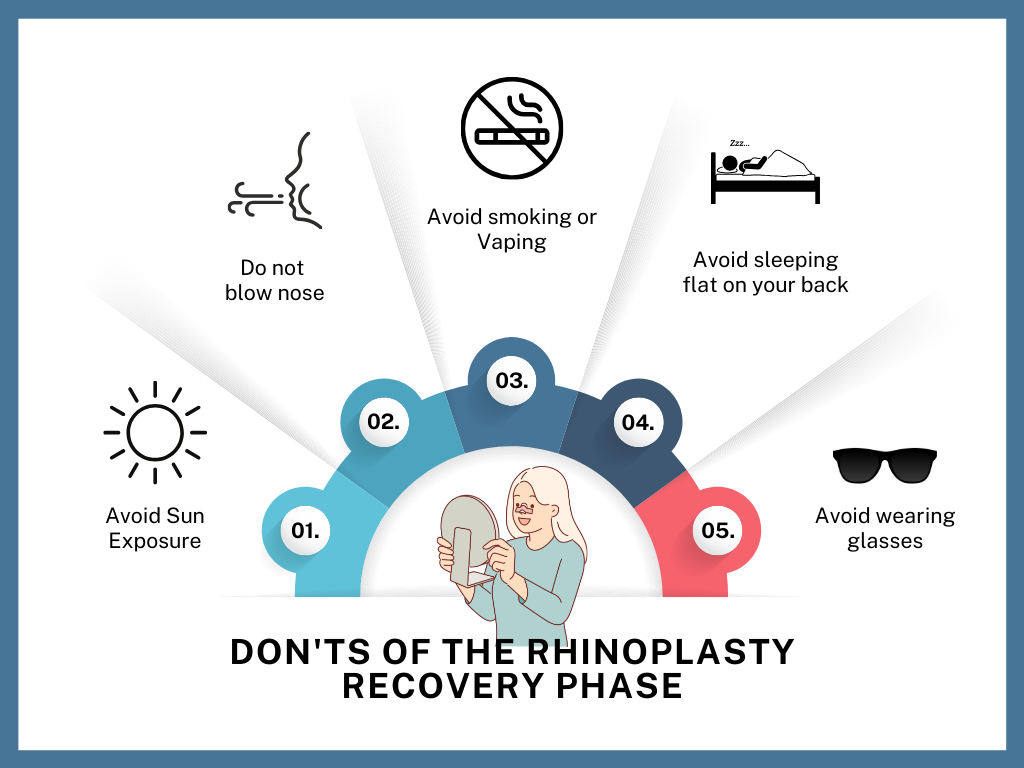
🛌 Factors affecting recovery time (age, skin type, surgical technique)
Factors such as age, skin type, and even the method of surgery have a massive impact on the long-term healing of rhinoplasty.
Rhinoplasty Technique
There are two techniques of rhinoplasty: open and closed. The closed technique involves making the incision within the nostril to modify the nose shape. Additionally, the healing time for this is considered to be much more rapid, and the swelling isn’t too much either.
The open rhinoplasty technique involves the incision being made externally. The swelling is slightly more with this method, and there is a small chance of scarring as well. Moreover, the recovery time is also longer than the closed technique.
Skin Thickness & Age
The thickness of the skin and age play a major role in affecting the healing period of a rhinoplasty. As we all know, when we are young, our skin has more collagen. Since the skin produces more collagen, it has a lot more elasticity. Hence, the skin also regenerates rapidly and heals much faster and seamlessly. Furthermore, younger patients also have a much lower chance of scarring.
Skin Type
Every human being has a different skin thickness. People with thick skin can take a little longer (a year or more) to fully heal compared to those with thin skin. Thin-skinned people, however, have less swelling
Are you planning on coming to Turkiye to book our best surgeons for a rhinoplasty? Please read our guide on Rhinoplasty in Turkiye to get a clear idea of what to expect.
Signs of normal healing vs. complications
The rhinoplasty recovery process and its exact duration may vary among patients. However, it is essential to differentiate between signs of normal healing and complications.
Rhinoplasty – Normal Healing Process
Rhinoplasty recovery may be classified into an early and a late phase. The early healing process usually lasts 1 to 4 weeks. It may take 6 – 12 months for the complete post-operative aesthetic outcome to become visible.
The first week after rhinoplasty is marked by mild to moderate discomfort and bruising around the nose, eyes, and cheeks. There is a general feeling of nasal congestion and facial pressure. Mild bleeding is also common. A nasal splint for structural support is applied. Most of the swelling and bruising resolves, and there is a considerable decrease in nasal congestion by the end of two weeks. Patients may rejoin work (depending on its nature) after 14 days. The nasal splint is usually removed by day 7.
Things only go uphill from here, barring complications. The nasal contours continue to improve, and there is no pain or swelling after 6 months. By the end of the year, normal nasal function and sensation are restored.
The normal recovery process after a rhinoplasty is characterized by gradual improvement in nasal contours and function.
Sudden symptoms such as fever, persistent swelling, bruising, or discharge etc., require an immediate consultation with a healthcare professional.
Rhinoplasty – Signs of Potential Complications
| Signs of infection | Fever with or without chillsRedness or discharge (may be foul-smelling). Severe pain. Excessive bleeding (frank blood or red-colored discharge). |
| Scarring | Delayed wound healing. Noticeable scar tissue. Keloid formation. |
| Abnormal sensations | Persistent pain/discomfort even after 4 weeks post-op. Persistent numbness. Worsening pain. |
| Abnormal contours | Nasal asymmetry. Blurry contours. Collapse of the nasal tip or nasal septum. |
| Abnormal nasal function | Difficulty breathing through the nose. Persistent nasal congestion. |
| Unrealistic expectations | Outcome dissatisfaction. Emotional distress. Dysmorphia. |
After a successful rhinoplasty, the surgical team usually counsels the patient about all the possible complications to look out for during recovery. To ensure an uneventful recovery, regular follow-ups with your cosmetic or plastic surgeon are a must.
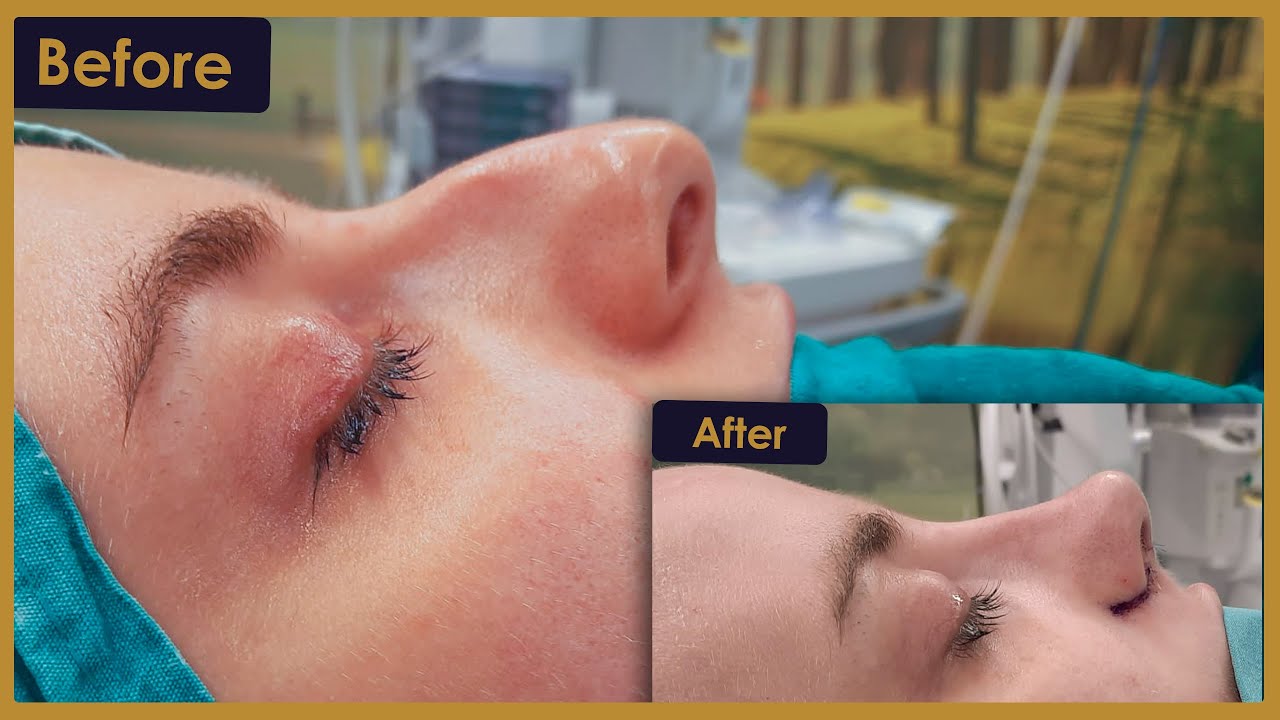
Frequently Asked Questions (FAQs)
Here are some frequently asked questions that offer more details about the healing phase of a rhinoplasty procedure.
How long does a nose job take to heal? (Different stages of healing)
Expect the healing phase to take about a year to complete. The first few weeks include a lot of swelling, which only begins to reduce by the third month. However, even after these three months, the nose is still recovering from surgery, so expect there to be swelling.
How long does nose surgery take?
In cases that don’t require any drastic changes to the nose contours, it can take anywhere from one to two hours. However, if the procedure is a lot more extensive, it can take up to 3 hours.
Does nose surgery hurt?
Rhinoplasty isn’t as painful as most people think it is. Some of the discomfort you could feel after the surgery may include pressure in the general nose area, as well as stuffiness.
Ultimately, your surgeon will educate you on the after-care and prescribe you some pain medication to better deal with this discomfort.
Other pain management techniques include taking it easy and avoiding strenuous activity. You can also talk to your surgeon about how to care for hygiene post-surgery, and how to position your head to keep swelling and discomfort at bay. Finally, a cold compress can also help.
💊 Conclusion:
Getting a rhinoplasty requires a lot of patience. It takes months for the swelling to reduce and for you to finally see the shape of your nose. Hence, having realistic expectations and ample patience is key.
You can contact us to get a consultation with our top-of-the-line surgeons. You can discuss at length with them what changes you want to see in your nose so they can create an appropriate plan for your procedure.
Ultimately, being clear and transparent about your expectations with your surgeon can truly guarantee satisfactory results for you.
Here is what is included in our services when you come to Turkiye to get your rhinoplasty done from us:
- 🚖 We take care of your transport.
- 🧑💼 We provide translators for easy communication.
- 🏨 Expect your accommodation to be taken care of as well.
- 👩⚕️ A medical staff of over 100 professionals and world-class devices is available.
✨ So choose the Estherian Clinic to get unmatched quality care!



